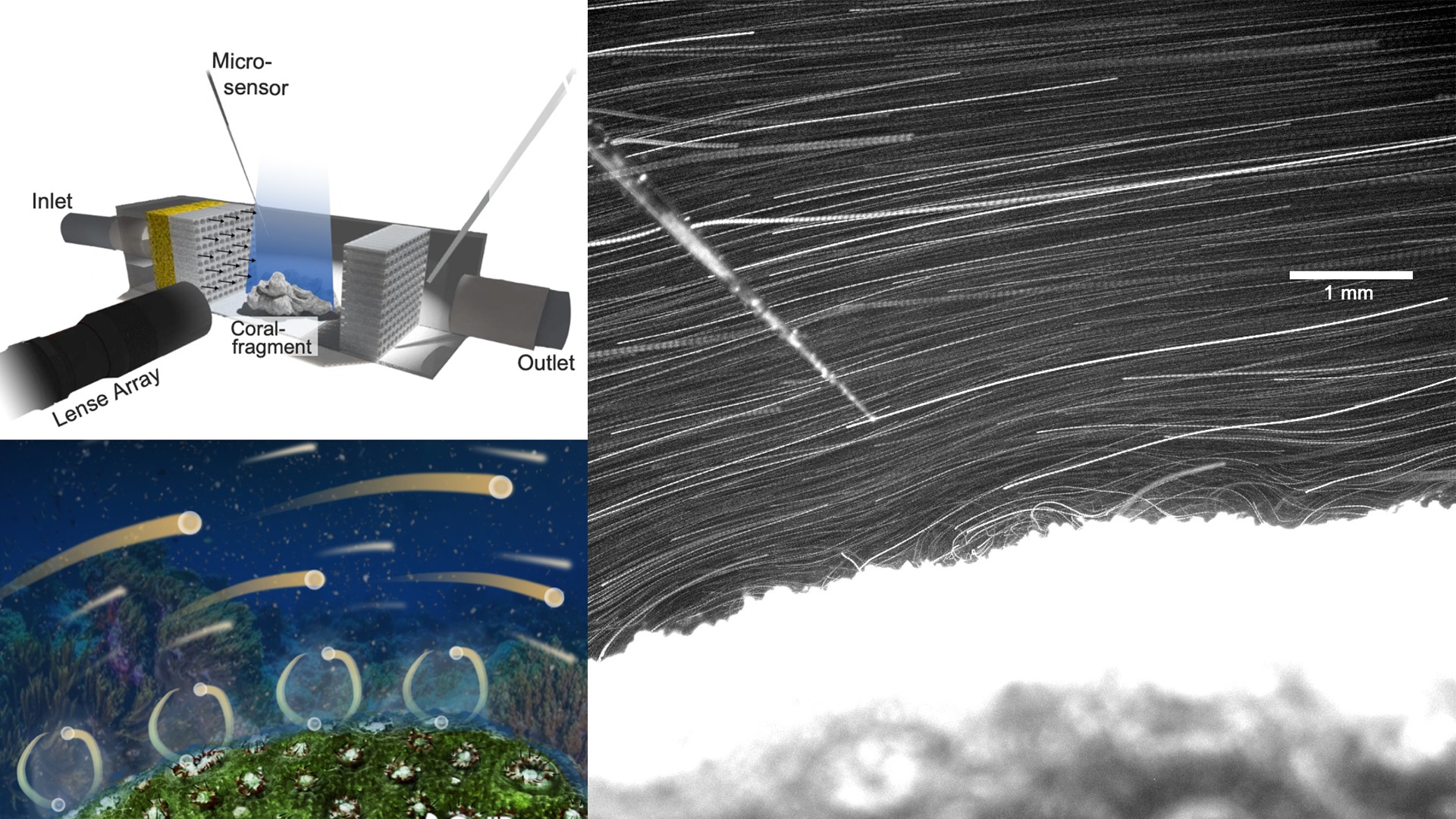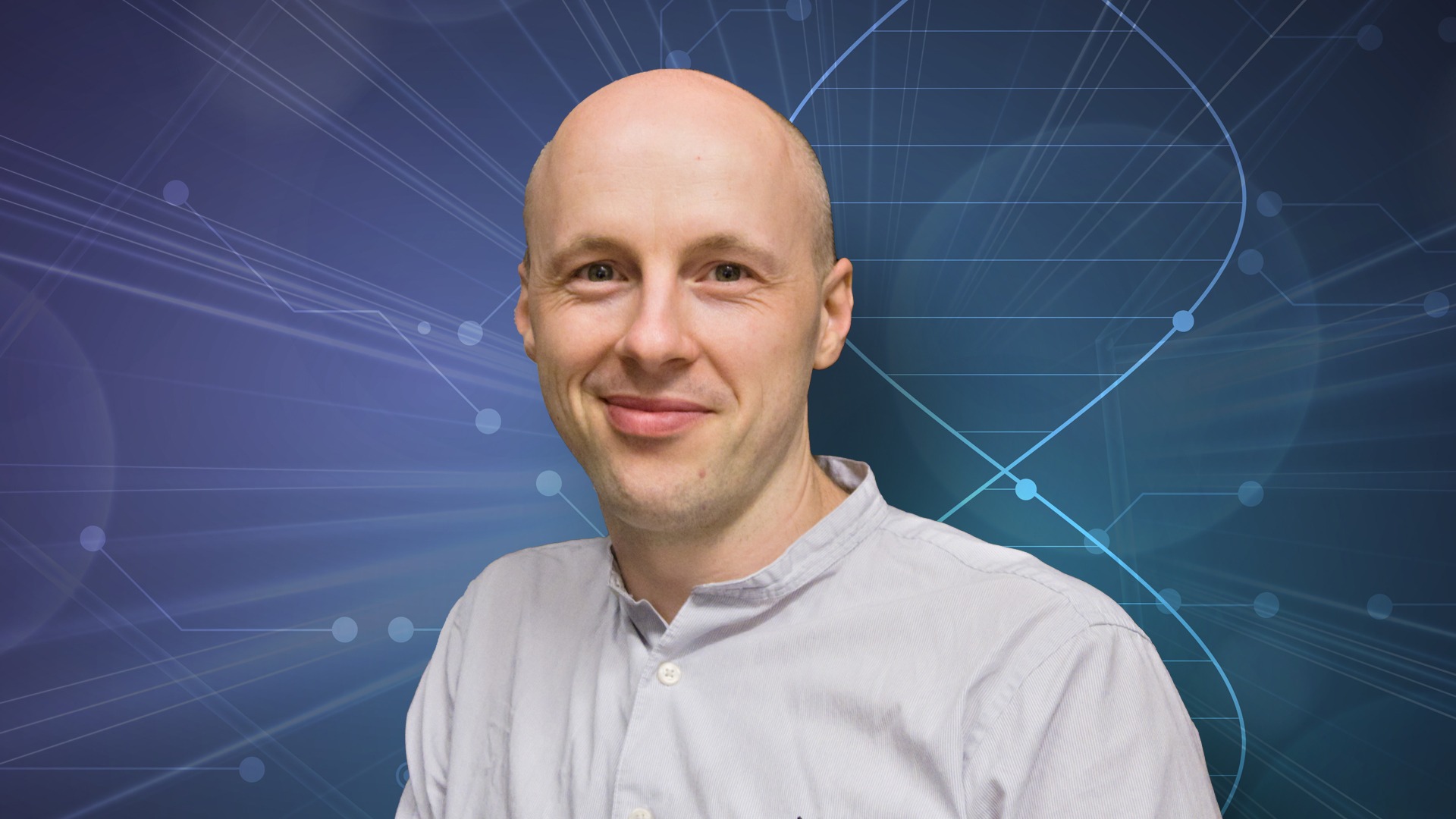New method sheds light on complex corral oxygen transport
Researchers from SciLifeLab have participated in creating a microparticle that can measure both water currents and oxygen concentration near complex surface structures, such as corrals. The new technology was developed by researchers from Sweden, Germany and Denmark.
Producing the new “sensor technology” was a challenge. The particles had to be tiny, less than 1 micrometer across, which equals 1/100 the width of a human hair. It was then coated in a luminescent dye whose glow increase proportionally with the diminishing presence of oxygen in the water.
“It was particularly important that the particles could react very quickly to changes in oxygen concentrations. We also needed special cameras to accurately record the fluorescence,” says co-author Farooq Moin Jalaluddin from the Max Planck Institute in Bremen in a press release. He adds, “With the sensPIV-method we are able to resolve in rapid and small-scale fluid flows.”
Next generation Particle Image Velocimetry
The researchers based their invention, sensPIV, on an already established method called Particle Image Velocimetry – that has long been used to measure flow by utilizing particles. With the old technology, researchers had to measure flow and oxygen separately, with the risk of missing out on important correlations. With sensPIV, both variables can be simultaneously measured with heightened levels of speed and accuracy.
The main goal of the study, published in Cell Reports Methods, was to observe how water flows and oxygen concentrations vary on very small scales. With sensPIV, the research team could measure how corals increase oxygen transport by self-generated cilia-driven water flow.
Now they could answer previously unknown questions, such as how water flows over the rugged and hard coral surface with its polyps and tentacles. No one really knew how the eddies and flows develop around coral structures and the subsequent consequences for coral oxygen availability.
The research effort was a collaboration between SciLifeLab Fellow Lars Behrendt (Karolinska Institutet), Soeren Ahmerkamp (Max Planck Institute for Marine Microbiology in Bremen) and Klaus Koren (Aarhus University in Denmark).
Many applications in different fields
The first idea for this method came up already several years ago. “But it was only achievable through the great international team and our close cooperation that the idea has now turned into a functional and versatile application,” says Ahmerkamp.
Now the team is excited about the upcoming applications of the method. “The particles are not difficult to produce once you know how,” says Klaus Koren.
In the future, the researchers would like to develop the method further.
“We would like to make sensPIV receptive to substances other than oxygen. Klaus is already working on it”, adds Lars Behrendt.
sensPIV have many potential applications. Since oxygen is present in most biomes, many organisms are exposed to it as either a gas or liquid. Because of this, the researchers believe that sensPIV can be used to investigate many open questions within the field of life science and physics.





